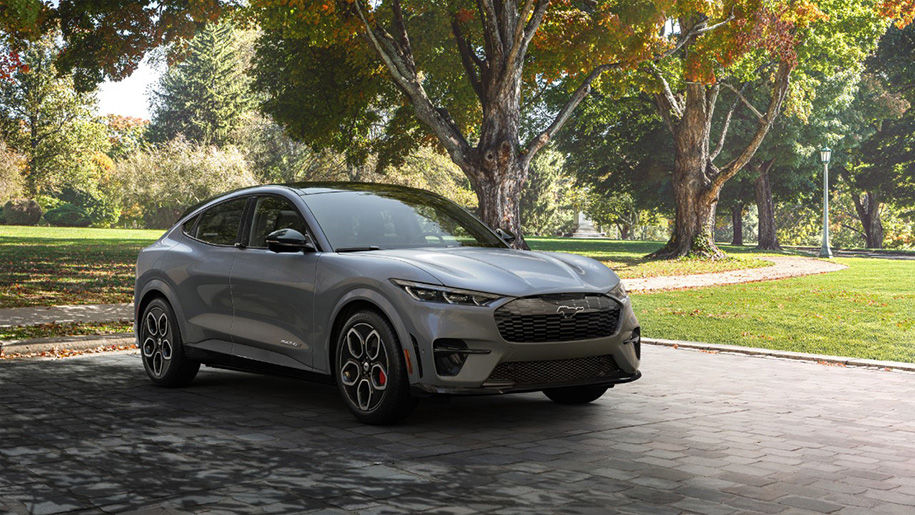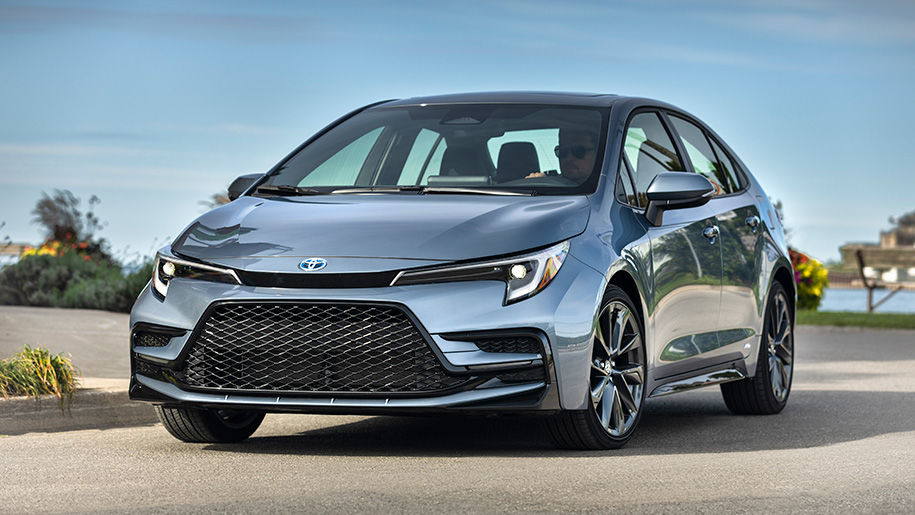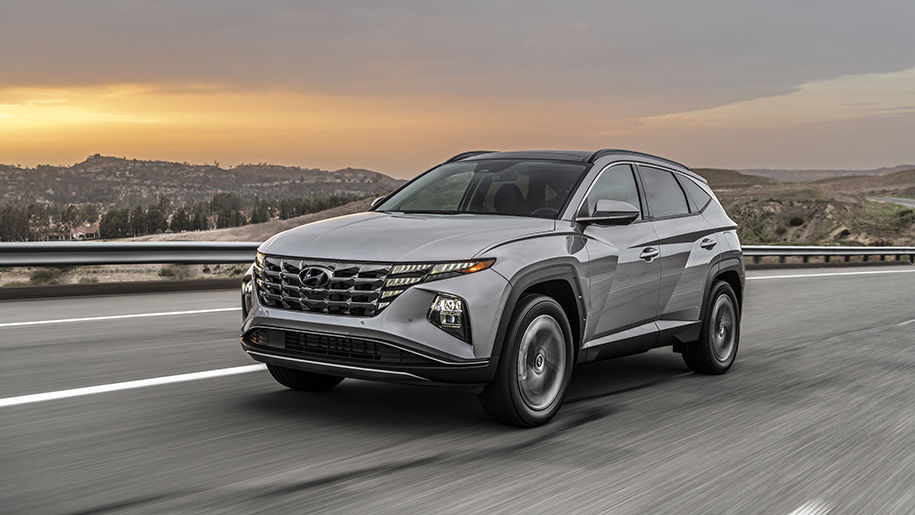Electric-drive systems offer a quiet, smooth, and responsive ride. Though the initial price of an electric vehicle (EV) may be slightly higher at the outset, owners can benefit from government rebates and lower long-term maintenance costs, in addition to significant savings on gas—calculate just how much here.
Find out if an Electric Vehicle (EV) is the right choice for your lifestyle and needs by taking a look at the information below, contacting your local dealership, or browsing Dilawri’s full inventory online.
Types
Battery-Electric Vehicles (BEVs)
Battery-electric vehicles (BEVs) rely on batteries that are charged by being plugged into a charging station or electrical grid. They do not require gasoline and do not produce tailpipe emissions.

Hybrid Electric Vehicles (HEVs)
Hybrid-electric vehicles (HEVs) run on an internal-combustion engine (ICE) with an electric motor. Their batteries are charged via braking, which converts kinetic energy into electricity, not by being plugged in. They do have some tailpipe emissions, as they require gasoline.

Plug-in Hybrids (PHEVs)
Similar to HEVs, plug-in hybrid vehicles (PHEVs) are powered by an internal-combustion engine (ICE) and an electric motor, however they can be charged by plugging into a charging station or electrical grid. PHEVs have a shorter range in fully electric mode, but they can be powered by their combustion engines for longer trips. PHEVs have some tailpipe emissions, as they require gasoline as well as plug-in charging.

Range
Though some prospective buyers suffer from “range anxiety,” there are many reasons to feel confident about buying an EV.
To start, while most Canadians drive under 60 km per day, the majority of EVs can travel between 200 and 400 km on a single charge. Those whose trips exceed 200 km on a regular basis may opt for a PHEV, which will run on electric for the majority of city driving and has a gas engine or generator for longer distances. Additionally, as demand for EVs increases, public infrastructure is expanding to meet the need—we now have thousands of public charging stations across Canada.
CHARGING
Overview
The two main types of EV chargers are alternating current (AC) and direct current (DC). AC chargers come in Levels 1 and 2; DC fast-chargers are Level 3. Level 1 (standard outlet) chargers are included with all EVs and, while they are sufficient to charge Plug-in Hybrid Vehicles (PHEVs), battery-electric vehicles (BEVs) require a Level 2 charger, at minimum, which must be installed by a licensed electrician.
Contact your local dealership for more information about charging from home.
Locations
There are thousands of EV charging stations across Canada and the US. Find the ones closest to you via one of the sites, below.

Charger Types
Level 1 | AC
- Standard outlet required; plug included with all EVs
- Typically used at home
- Best for all-day or overnight charging
- Requires a standard household outlet (120 V)
- Up to 8 kms of range per hour of charging time
Level 2 | AC
- Must be installed by a licensed electrician at home
- Typically used by businesses and in public places
- Best for all-day or overnight charging
- Requires a 208 or 240 V wall outlet (same used for major appliances, e.g., dryers, air conditioners)
- Up to 97 kms of range per hour of charging time, depending on the vehicle
Level 3 | DC Fast-Charger
- The most efficient way to charge an EV
- Typically found at commercial locations and public places
- Ideal for when a quick charge is needed on the go
- Requires a 480 V system
- Up to 250 kms of range per hour of charge
- In many cases, can charge an EV’s battery to 80% in 30 minutes
TAX INCENTIVES/REBATES
You may qualify for tax incentives/rebates for driving an electric vehicle. Please refer to the resources listed below for more information.
National
British Columbia
- CleanBC Go Electric
 (home, multi-unit, workplace, indigenous communities)
(home, multi-unit, workplace, indigenous communities) - SCRAP-IT Incentive Program

Quebec


 Canadian-Owned and Operated Since 1985
Canadian-Owned and Operated Since 1985